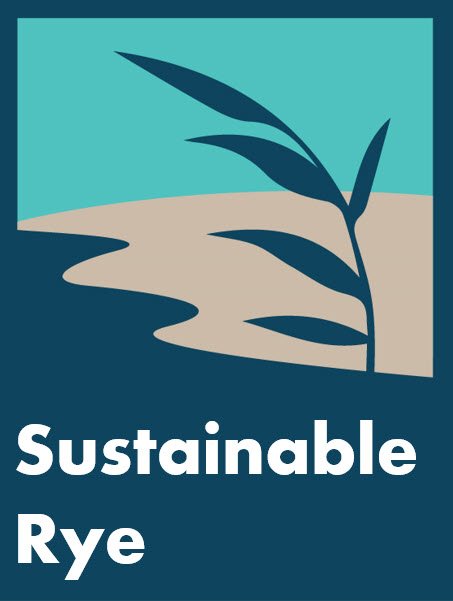Are you thinking about switching from conventional to natural lawn care but don't know how to make the transition? The fall season is a perfect time to make the switch and transform your yard into one that's healthy and beautiful for all.
What Does Healthy Mean?
First, it's important to understand why making the change is so important. It all starts with the definition of "healthy." A healthy - and by extension, beautiful - yard is one that starts with good soil.
Beyond Pesticides, a non-profit environmental organization committed to ending reliance on pesticides, states it clearly in their Organic Lawn Care 101 sheet: "Healthy soil contains high organic content and is teeming with biological life. Healthy soil supports the development of healthy grass that is naturally resistant to weeds and pests. In a healthy, fertile and well maintained lawn, diseases and pest problems are rare."
In fact, applying damaging and dangerous chemicals is the worst thing homeowners can do if the objective is a beautiful yard filled with vibrant plants, trees and a lush green lawn. As Rye Nature Center's Director of Conservation & Land Stewardship, Taro Ietaka, points out: "synthetic pesticides and herbicides kill beneficial soil micro-organisms that are helping your plants."
““Recognize that your soils are living and that you are the primary caretaker or destroyer of that living environment.””
In short: soil is living. And during the fall and winter, the diverse mix of organisms contained in soil continue to live. In a recent article on The Nature Conservancy's blog, Dr. Kris Nichols, chief scientist at the Rodale Institute comments: “Even when we think of our soils as frozen and dead, there’s still a living component to that.”
So now that you know why you should make the change, how can you care for your yard with the goal of minimizing pesticide applications? Here are some fall lawn care tips to get you started.
fall landscaping
General Tips
Beyond Pesticides' Organic Lawn Care 101 sheet provides a useful list of general tips, reproduced in part here:
1. Mow High Until the Season Ends – Bad mowing practices cause more problems than any other cultural practice. Mowing with a dull blade makes the turf susceptible to disease and mowing too close invites sunlight in for weeds to take hold. Keep your blades sharp, or ask your service provider to sharpen their blades frequently. For the last and first mowing, mow down to 2 inches to prevent fungal problems. For the rest of the year keep it at 3‐3.5 to shade out weeds and foster deep, drought‐resistant roots.
2. Aerate – Compaction is an invitation for weeds. If your lawn is hard, compacted, and full of weeds or bare spots, aerate to help air, water and fertilizer to enter. If you can’t stick a screwdriver easily into your soil, it is too compacted. Get together with your neighbors and rent an aerator. Once you have an established, healthy lawn, worms and birds pecking at your soil will aerate it for free!
3. Fertilize, but go easy and go organic! – Fertilizing in early fall ensures good growth and root development for your grass. Nitrogen, the most abundant nutrient in lawn fertilizers promotes color and growth. Adding too much nitrogen, or quick release synthetic fertilizers, will result in quicker growth and the need for more mowing. Too much nitrogen can also weaken the grass, alter the pH, and promote disease, insect, and thatch build‐up. If applied too late, nutrients can leach directly into nearby surface waters. Be aware of local phosphorus or nitrogen loading concerns. Your soil test results will ensure that you apply only what you need.
4. Overseed With the Right Grass Seed – Once again, fall is the best time to seed your lawn. Grass varieties differ enormously in their resistance to certain pests, tolerance to climatic conditions, growth habit and appearance. Endophytic grass seed provides natural protection against some insects and fungal diseases ‐ major benefits for managing a lawn organically. Talk to your local nursery about the best seed for your area. Check to see the weed content of the grass seed and that there are no pesticide coatings.
Leaf Mulching
What is leaf mulching? According to Leave Leaves Alone:
"Leaf mulching is the practice of chopping leaves into small pieces. Mulching can be done with a lawn mower or a leaf shredder. Mulched leaves can be left on your lawn (they fall between the grass blades) or piled 3" or 4" deep on garden beds and around shrubs where they act as a protective layer in the winter and, in the growing season, prevent weed growth and help conserve water. Leaf mulch decomposes over time, adding important nutrients and structure to the soil."
To learn more about how you can mulch leaves in your yard this fall, visit the Leave Leaves Alone or Love 'Em and Leave 'Em sites.
Soil Testing
The benefits of soil testing cannot be overstated. It's simple to do and homeowners will be provided with a comprehensive profile of their soil upon which to build the foundation of their natural lawn. For a modest fee, Rye residents can have their soil tested and analyzed through the Westchester Cornell Cooperative Extension.
For more information on healthy soil and landscaping practices, watch RSC's What's Under Your Lawn presentation.
Visit our Rye Healthy Yard and Resources Section to learn more. And ...
Take the RHYP Pledge!



